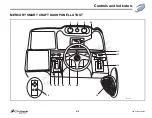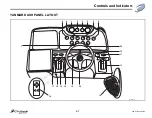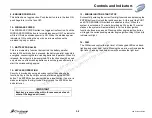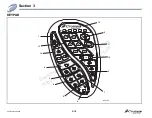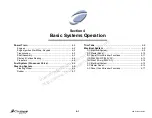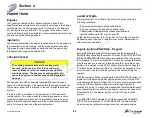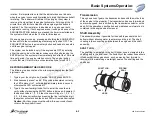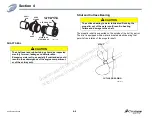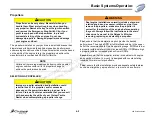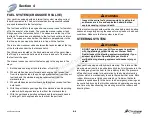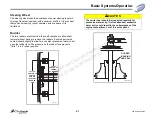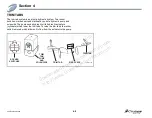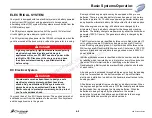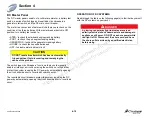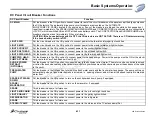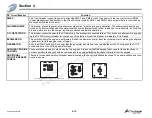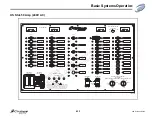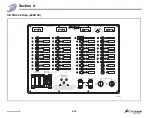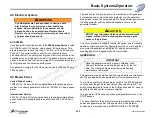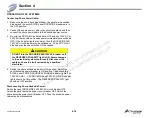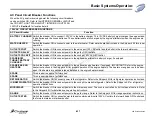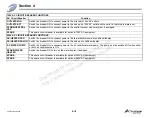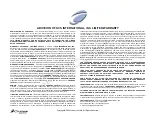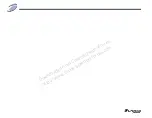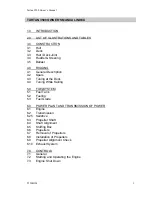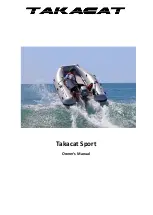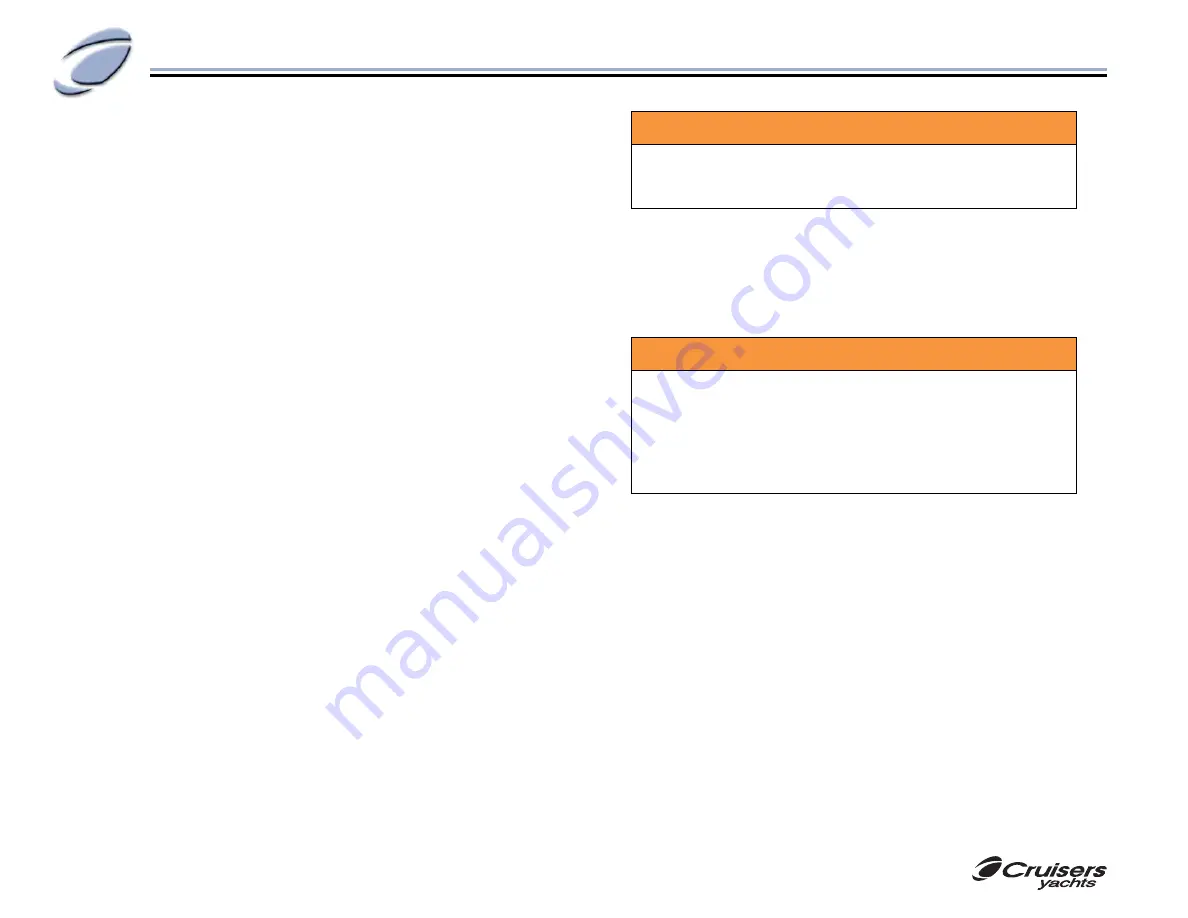
Section 4
4-6
460 Express Series
FUEL SYSTEM (CROSSOVER VALVE)
Your yacht is equipped with an internal fuel system meeting current
federal requirements. The best materials and components available
are used to assemble the fuel system.
The fuel tank outlets to the engines have a manual valve for fuel shut-
off in the event of a line break. To access the manual valves or tank
fittings, open the fuel access hatch. The valves are on the top of the
fuel tank. These valves are attached to the fuel tank outlet and return
lines. The valves are closed when the handle is perpendicular to the
fuel line, and open when the handle is in-line with the fuel line.
There are also crossover valves between the tanks located at the top
of the fuel tanks under the fuel access hatch.
Fuel fill caps are located on the deck walk-around of the yacht. Near
the fill cap is a vent which allows air to move in and out of the tank as
the fuel level changes.
The manual valves can control the fuel supply to the engines in five
ways:
1. Both handles pointing aft shuts the flow of fuel OFF.
2. When both handles point forward each engine can receive fuel
from its respective tank; the port engine receives fuel from the port
fuel tank and the starboard engine receives fuel from the
starboard tank.
3. When both handles point outboard, both engines receive fuel from
both tanks.
4. With the port handle pointing aft and the starboard handle pointing
outboard, both engines receive fuel from the starboard tank.
5. With the port handle pointing outboard and the starboard handle
pointing aft, both engines receive fuel from the port tank.
All fuel system components must be checked before each boating
season and regularly during the season for any leaks or bad hose
conditions. Make sure the fuel system is leak free.
STEERING SYSTEM
Your yacht is equipped with hydraulic steering. The rotation of the
steering wheel results in an unbalanced hydraulic (oil) pressure in the
two lines going from the helm to the rudder cylinder. The pressure
differential is converted to linear motion by the hydraulic steering
cylinder which is mechanically linked to the rudder tiller arms. Both
rudder tiller arms are rigidly connected by a tie bar so that both
rudders respond equally to the helm. In an emergency, steering can
be controlled by using the throttle controls and operating one engine
at a time or by disconnecting the steering arm at the rudders and
directing them.
A
WARNING
Inspect the entire fuel system regularly. Leaking fuel
and fumes are a fire and explosion hazard that can
explode causing injury or death.
A
WARNING
DO NOT operate your yacht if you suspect a problem
with the steering system. Have your Cruiser Yacht
Dealer inspect the steering system immediately if you
suspect a problem. Operating the yacht with a
malfunctioning steering system could cause injury or
death.
Downloaded
from
CruisersOwnersForum
http://www.CruisersOwnersForum.com




